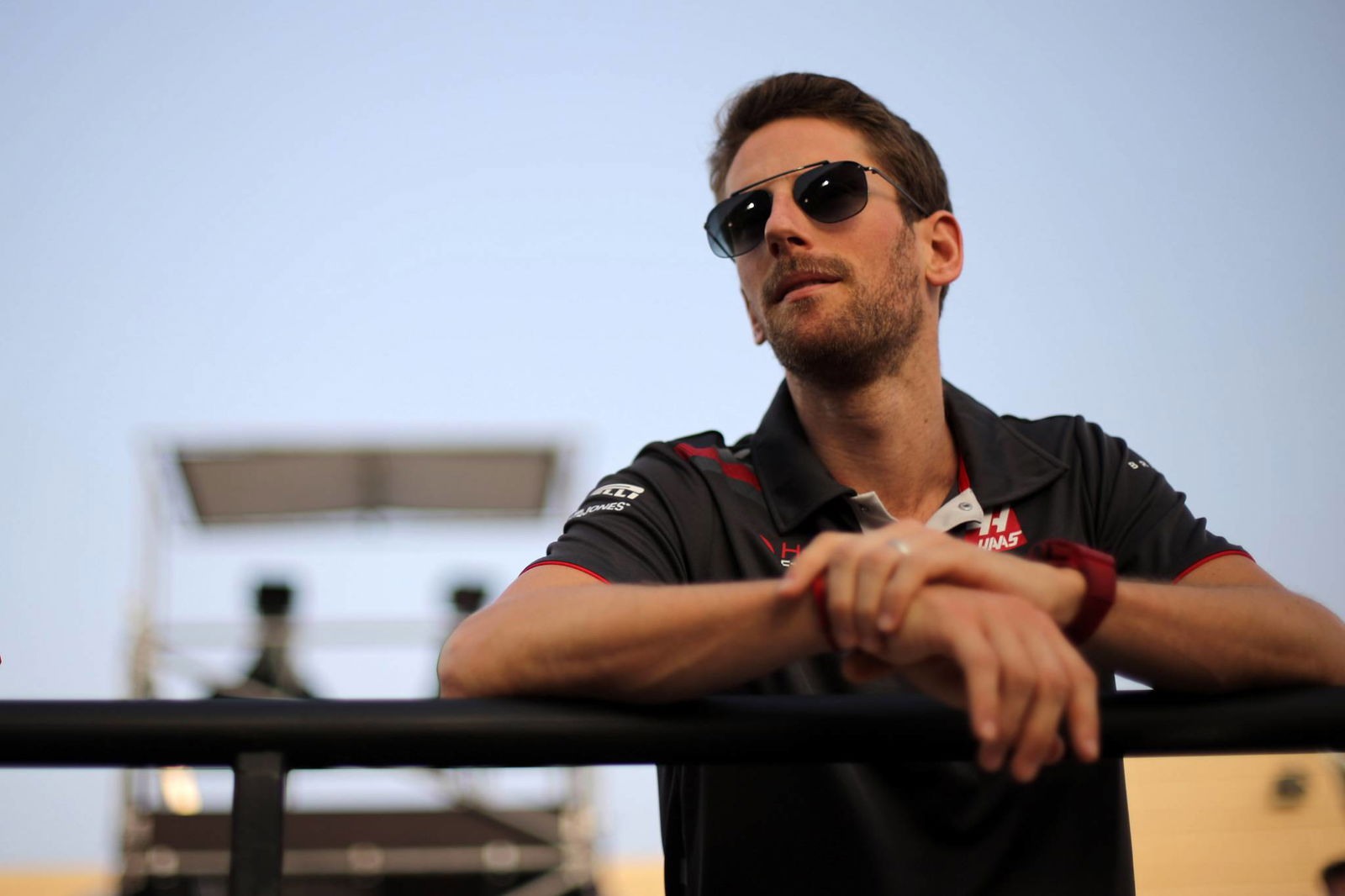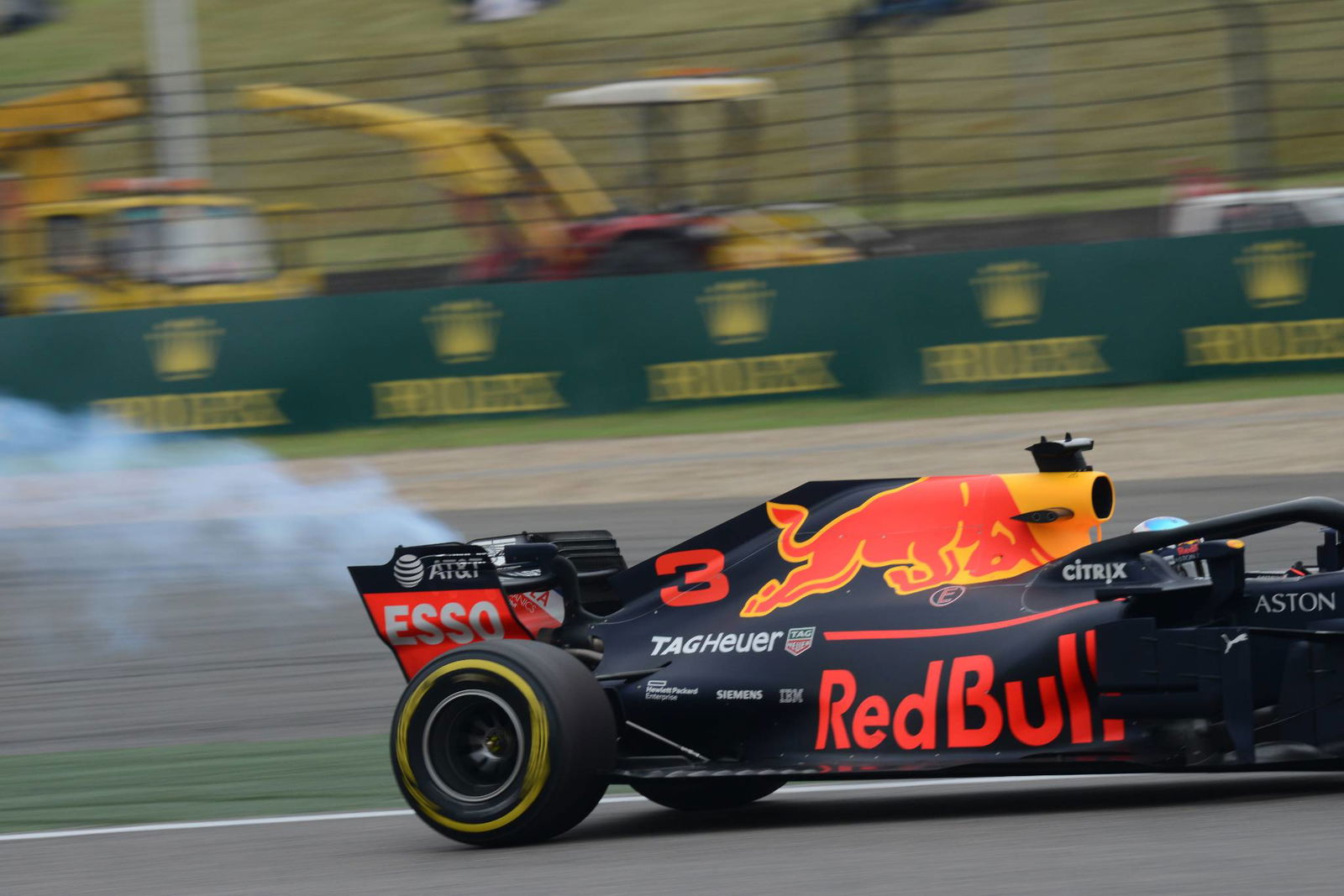Mercedes F1 team explains Chinese GP Safety Car strategy
The Mercedes Formula 1 team has explained why it opted not to pit its drivers under the Safety Car at the Chinese Grand Prix, while Red Bull took advantage to win.
A mid-race Safety Car deployed for a collision between Toro Rosso teammates Pierre Gasly and Brendon Hartley turned the race on its head, prompting a strategic gamble from Red Bull that saw the Milton Keynes-outfit pit both its drivers for fresh tyres and ultimately take victory in Shanghai.

The Mercedes Formula 1 team has explained why it opted not to pit its drivers under the Safety Car at the Chinese Grand Prix, while Red Bull took advantage to win.
A mid-race Safety Car deployed for a collision between Toro Rosso teammates Pierre Gasly and Brendon Hartley turned the race on its head, prompting a strategic gamble from Red Bull that saw the Milton Keynes-outfit pit both its drivers for fresh tyres and ultimately take victory in Shanghai.
Race-winner Daniel Ricciardo and Max Verstappen both stopped for fresh soft tyres, but Hamilton - running behind both Red Bull drivers in fourth - was kept out on his medium tyres by Mercedes, while erstwhile race-leader Valtteri Bottas had “no option” but to continue having already passed the entry to the pitlane.
In in a post-race debrief Q&A, chief strategist James Vowles said Mercedes opted not to pit Hamilton because there was no suggestion at that stage of the race that tyre differences would prove significant enough to warrant a pit stop.
"The situation across the race at that point was that cars weren't really overtaking, even when there was a difference in compounds between them,” Vowles explained.
"We had Kimi [Raikkonen] in front on Softs, so no difference between the two cars and we couldn't even get close. The same with Valtteri at the front relative to Sebastian - but those were the same tyres.
"Verstappen was on the UltraSoft tyre, which was sensitive and difficult - but neither Kimi nor Lewis could make inroads into him. So, on a track like that, the performance difference between compounds wasn't working out.”
Vowles added Mercedes’ main consideration in its decision not to copy Red Bull’s strategy gamble was how many positions Hamilton might lose by making a pitstop.
“With Lewis, under that Safety Car condition, we always review how many positions we could potentially gain or may lose. What would we have gained?
“With Verstappen ahead, we knew there was a chance that he would come in if there was a Safety Car and, if that happened, it would put Lewis up into a podium position if we could take the Medium to the end of the race and defend from the cars behind us.
"The Medium on our car was working very, very well and indeed we knew that you could do 40 laps on it, which is what you saw with Valtteri. The first question is whether a 10-lap old Medium going to suffer?
"The next question is how many positions are we going to lose behind us? We knew Ricciardo was in our window so if he didn't stop we'd drop behind him. We then had Kimi, who stayed out very long and was back in what we call the 'Safety Car window' for Lewis.
"This means it would've been very marginal if Lewis was going to come out ahead or behind Kimi. Both Red Bulls took that opportunity. Ricciardo came out behind Kimi and Verstappen was ahead.”
Volwes admitted Mercedes did not anticipate the fresher soft tyres would provide the performance advantage they did in the closing stages of the race, which is why the reigning world champions ultimately decided to favour track position.
“It was a decision that when we laid out all the facts on the table, we didn't believe, based on the earlier evidence, that there would be enough performance differential for a Soft to overtake a Medium, even one that's 10 laps old.
"The reality of the situation, everyone saw what happened. Both Red Bulls were extraordinarily quick on that Soft tyre and were able to scythe through the field.”


